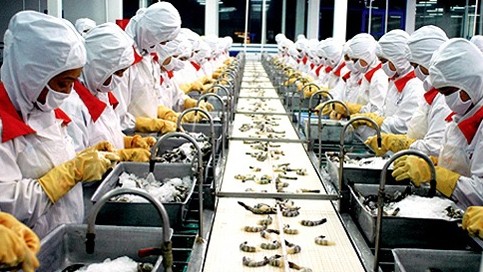Vietnam has gained a trade surplus of US$1.7 billion for the first eight months of 2014. The nation’s total exports reached US$97 billion in the first eight months, which was 14.1% higher than the same period last year. The nation’s total imports reached US$95.3 billion, 12% higher than the same period last year. State budget collection equated to 68.8% of this year's entire collection target.
Signs of economic recovery have become clearer, as industrial production, especially processing and manufacturing, continued to grow. The trading and service sectors also saw higher year-on-year growth rates. Inflation has been kept at a relatively low level, while the prices of numerous essential goods remained stable.
Although the country’s macro-economy has maintained stability, aggregate demand showed a slow improvement, threatening the economic growth in the remaining months of the year. According to the National Financial Supervisory Committee, Vietnam’s core inflation in August was estimated at 3.34%, much lower than the overall inflation rate of 4.43%. The total retail sale of goods and services in the first seven months achieved a year-on-year increase of 11.4%. However, real purchasing power still grew slowly, as the consumer price index increased only 1.62% during the first seven months – the lowest level since 2006. Credit growth in August was an estimated 4.5%, below expectations in the light of the Government’s target of 12-14% growth in credit for 2014.
The low aggregate demand is causing challenges in achieving this year’s gross domestic product (GDP) growth target of 5.8%. According to the Ministry of Planning and Investment, the country’s GDP in the first nine months of this year was expected to rise 5.54%. Therefore, in order to achieve the annual economic growth target, more effective measures should be devised to support aggregate demand. The implementation and disbursement of basic construction investment, especially disbursement of State budget and capital from government bonds should be speeded up. Urgent projects should be focused on and be completed on schedule.
Disbursement of foreign direct investment (FDI) from the beginning of this year was estimated to touch US$7.9 billion, an increase of 4.5% compared to the same period last year. Disbursement of Official Development Assistance (ODA) also increased sharply, especially in transport and energy projects. More drastic measures should be proposed to promptly tackle difficulties for projects with sluggish disbursement, contributing additional resources for investment and promoting economic growth.
















